Are you running a SaaS company and looking to boost your results? Or perhaps you're considering starting one and want to start things off on the right foot? In this article, we'll provide you with all the essential information to get started. Plus, we're sharing the firsthand experience of one of the most successful SaaS companies in Spain, courtesy of its CEO. Discover how they achieved remarkable results by leveraging inbound marketing to relaunch their service.
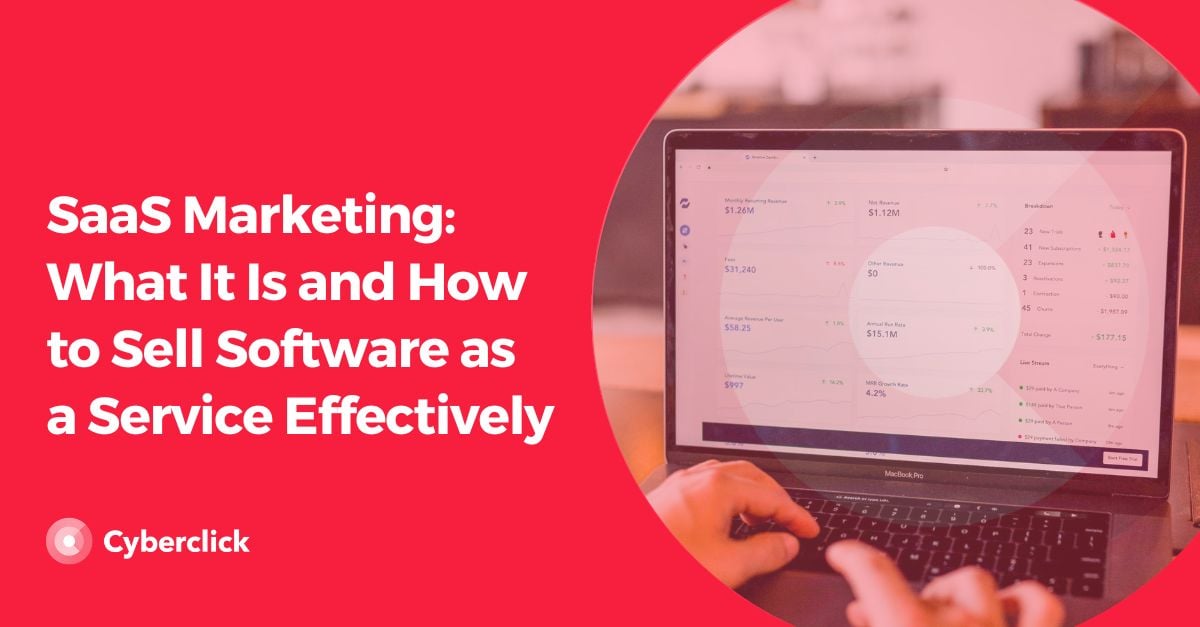
What Is SaaS Marketing?
SaaS is any software service that allows customers to access company data from any device and in a synchronized way. Therefore, software marketing encompasses all marketing strategies focused on promoting these services. Companies that offer these types of tools are very specific and therefore require very specific marketing.
What Are the Challenges of SaaS Marketing?
Value of the Service
Letting the customer know the value of the service is a challenge, since we are not dealing with a product, but with a cloud service. The communications must be focused on showing the customer that paying for it is worth it.
Sales Processes
The sales processes for this type of service are generally long so part of the strategy should be aimed at reducing it as much as possible.
New Digital Strategies
Marketing aimed at selling software must adapt. In this sector, the strategies that work best are SEO positioning, lead magnets, and lead scoring. Below we explain them in more depth.
- SEO positioning refers to a number of things such as content writing, rich data tagging, and inbound links. In our experience, inbound marketing for SaaS works in the long term because it is focused on ranking the brand in the top positions in search engines.
- Lead magnets are downloadable content that offer users valuable information in exchange for leaving their data. Lead magnets can be ebooks, webinars, courses, infographics, and more. The important thing is that they help you increase your database of leads.
- Finally, lead scoring is a very powerful technique to qualify prospects and classify them. Those with the lowest score are ones that are still very cold or far from conversion, so they are not a priority. Those with a medium or warm score are qualified leads. You can start to communicate with them and try to move them forward in the funnel. Those with a high score (hot leads) are those that are ready to buy and to talk to a sales representative.
Lead Generation
For lead generation to work in the world of SaaS, it is very important to integrate forms and optimize them. To do this, you must be very clear about what information you want to include, meaning what do you need to know to determine which leads are most likely to convert?
To make this format more efficient, we recommend that you use smart forms. This type of form adapts to the website visitor and customizes fields by adding or eliminating questions. This way, depending on the stage the lead is in or the country they are from, one type of form or another will appear.
We also recommend that you integrate these forms into your CRM.
Digital Transformation
Finally, something we always recommend to our clients is to integrate tools such as HubSpot for all the benefits it brings, including automations. These allow you to automate lead tracking throughout the marketing campaign, adapt and visualize workflows and much more, so that your teams can spend more time on creative, strategic and customer service tasks.
Case Study: Influencity
Influencity is a SaaS company that has a monthly and annual subscription model and offers clients (end brands or advertising agencies) a tool that helps them in their influencer marketing strategies.
One aspect that differentiates Influencity from the competition is its flexibility and adaptability, as the tool can meet the needs of any client. For example, it can be used to work with both microinfluencers and macroinfluencers, and for working with all types of campaigns.
Influencity has one of the largest influencer databases in the world with more than 200 million registered profiles with more than a thousand followers. It focuses on the three most important social networks today: TikTok, Instagram, and YouTube.
Now let's look at how Influencity managed to increase organic lead acquisition by 240% in just one year. Mainly, its success was due to going a step beyond paid campaigns and entering the world of inbound marketing. With paid campaigns they always achieved good results when it came to generating sales opportunities, but they decided to go for an organic lead generation strategy that would work on its own in the medium to long term. In their inbound marketing strategy they focused on SEO, publishing articles, lead generation, and lead magnets.
Of course, to manage all this content they needed the right technology, so they decided to go for HubSpot. With it, they were able to develop their entire inbound strategy and automate communications at all stages of the conversion funnel.
How Cyberclick Helped Influencity with SaaS Marketing
Cyberclick had the pleasure of helping Influencity with their inbound marketing strategy. Here are the steps we took:
- Pop-up with form: This pop-up window appears on the website when a user performs a certain action or when he/she spends a certain amount time on the page. They usually offer the user something (like quality content) in exchange for leaving their data. They are used not only to capture leads, but also to qualify them.
- CTAs: These can be present in different parts of a website and encourage the user to perform an action that you as a company are interested in.
- Chatbots: They are useful when it comes to qualifying leads and offering good customer service that makes your brand stand out from the competition.
- Blog: The objective was to create valuable content and, today, Influencity has become a point of reference for influencers.
- Videos: This format is fundamental today to communicate information. Videos also allow us to increase the time that people spend on a page.
- Landing page: This is a page that is part of a brand's website, but that is only meant to convert a visitor into a lead or perform an intended action.
Main Differences Between an Outbound and an Inbound strategy
In our success story, you've seen how we approach potential customers from two different yet complementary perspectives: outbound sales through paid campaigns and inbound sales by attracting leads through valuable content.
While you may have noticed some differences, we'd like to clarify them by highlighting the main distinctions below.
Outbound strategy:
- One-sided communication.
- Standardized processes.
- Constant search for customers.
- The product is the center of the strategy.
Inbound strategy:
- Bilateral communication.
- Personalized processes.
- Customers reach the product by themselves.
- The consumer is the center of the strategy.
In summary, SaaS and software marketing with an inbound strategy centers around identifying the pain points of your target customers, positioning yourself as a trusted consultant, and aligning the entire sales process with the customer journey.
If you're a SaaS company, we hope this article has provided valuable insights that will help you enhance your software marketing strategy.
CEO y cofundador de Cyberclick. Cuenta con más de 25 años de experiencia en el mundo online. Es ingeniero y cursó un programa de Entrepreneurship en MIT, Massachusetts Institute of Technology. En 2012 fue nombrado uno de los 20 emprendedores más influyentes en España, menores de 40 años, según la Global Entrepreneurship Week 2012 e IESE. Autor de "La empresa más feliz del mundo" y "Diario de un Millennial".
CEO and co-founder of Cyberclick. David Tomas has more than 25 years of experience in the online world. He is an engineer and completed an Entrepreneurship program at MIT, Massachusetts Institute of Technology. In 2012 he was named one of the 20 most influential entrepreneurs in Spain, under the age of 40, according to Global Entrepreneurship Week 2012 and IESE. Author of "The Happiest Company in the World" and "Diary of a Millennial".

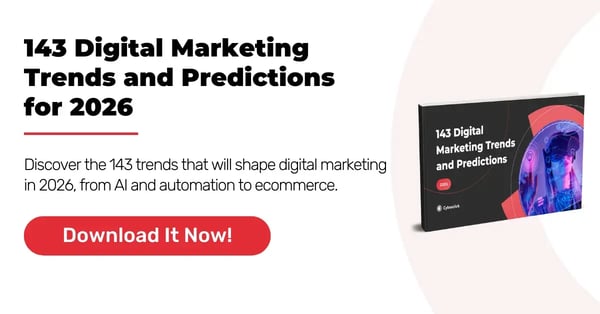

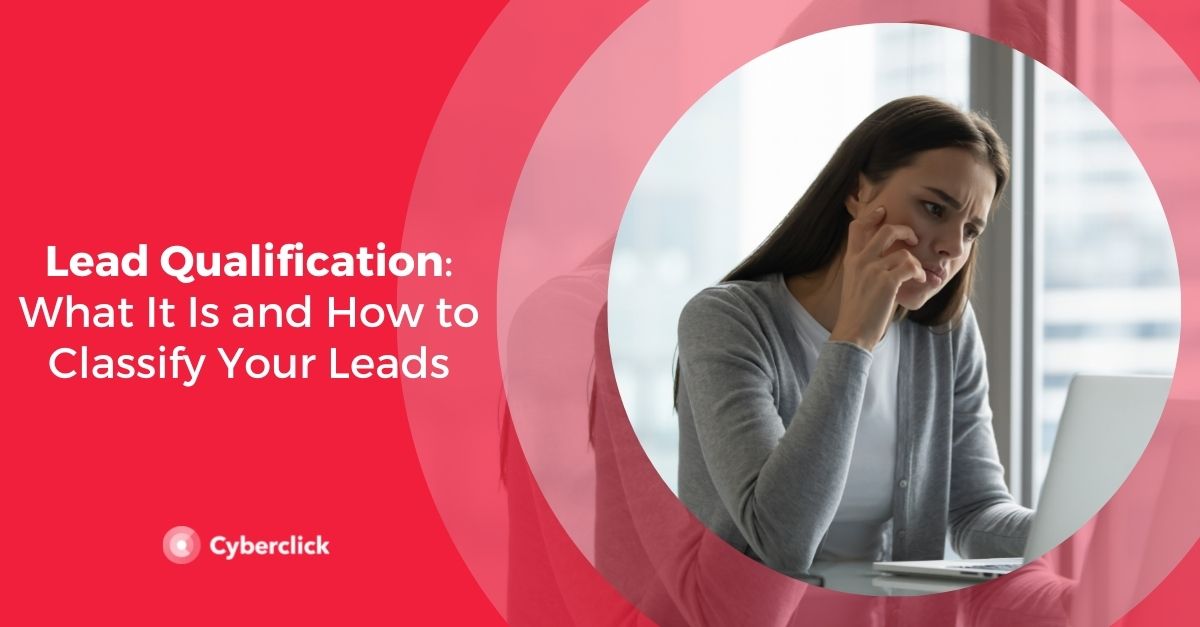
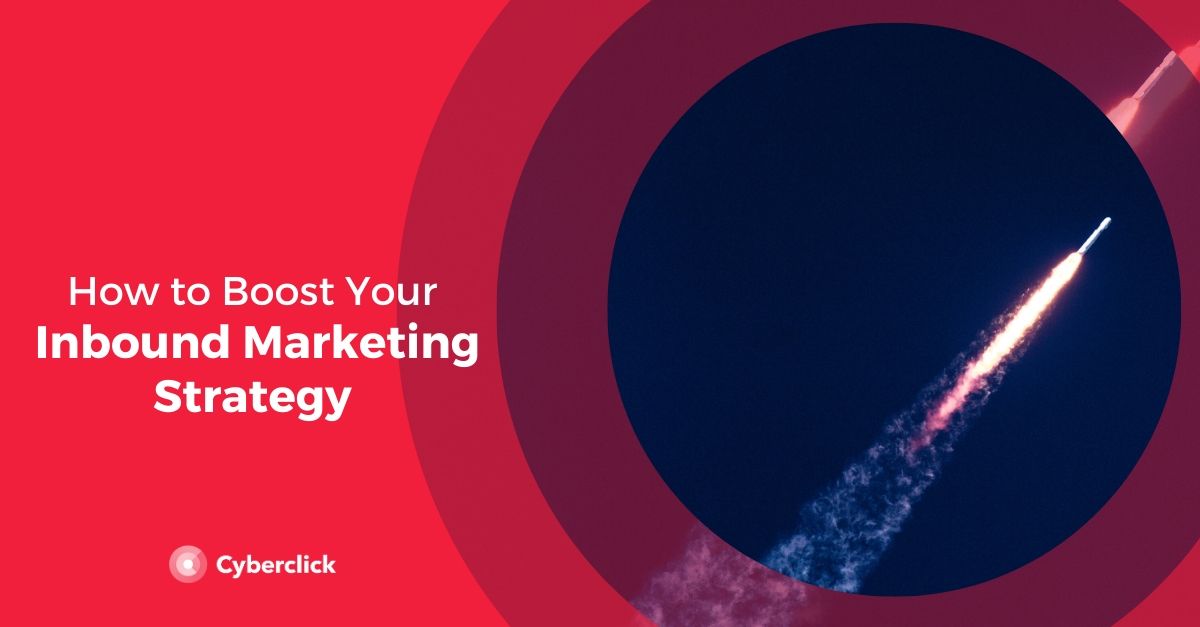
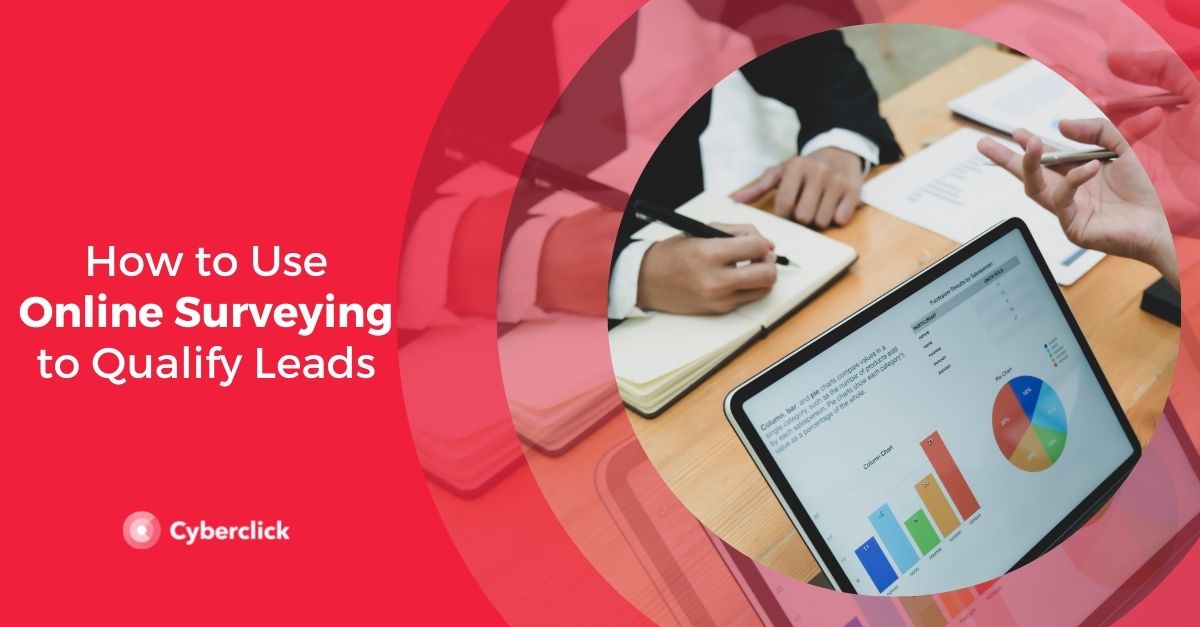
Leave your comment and join the conversation